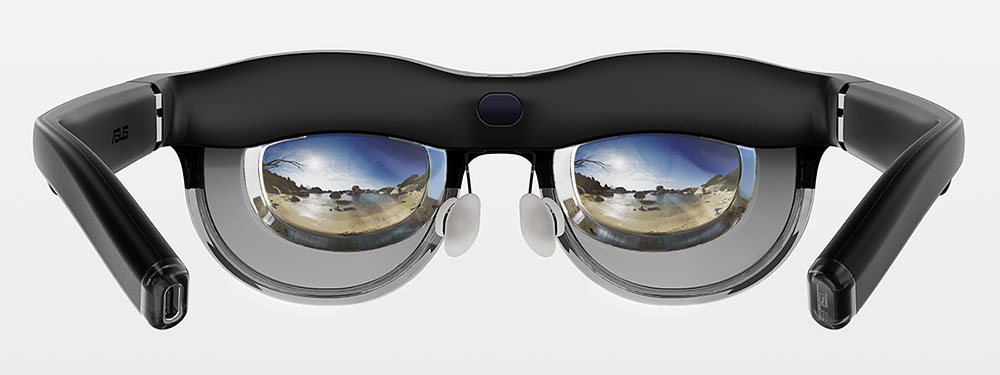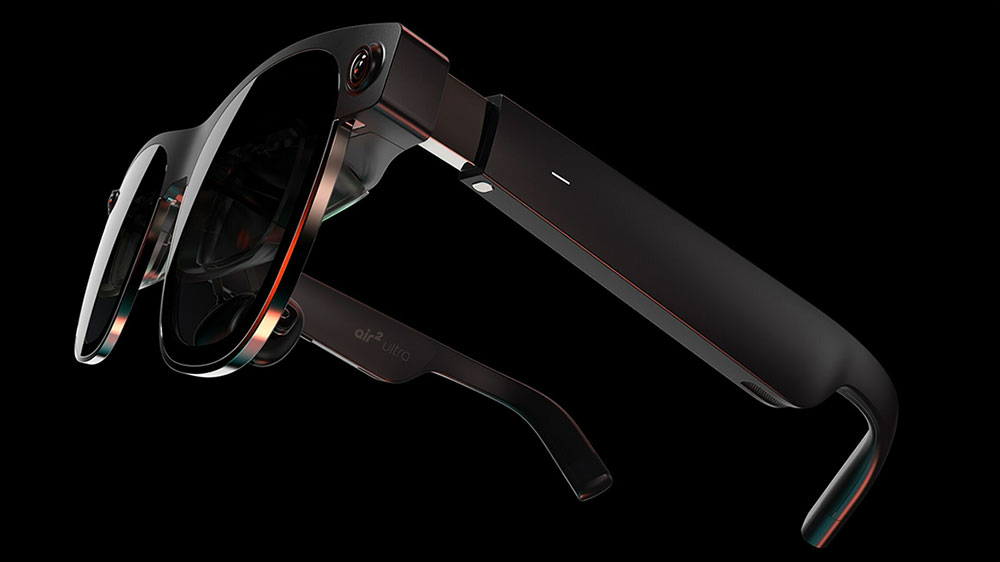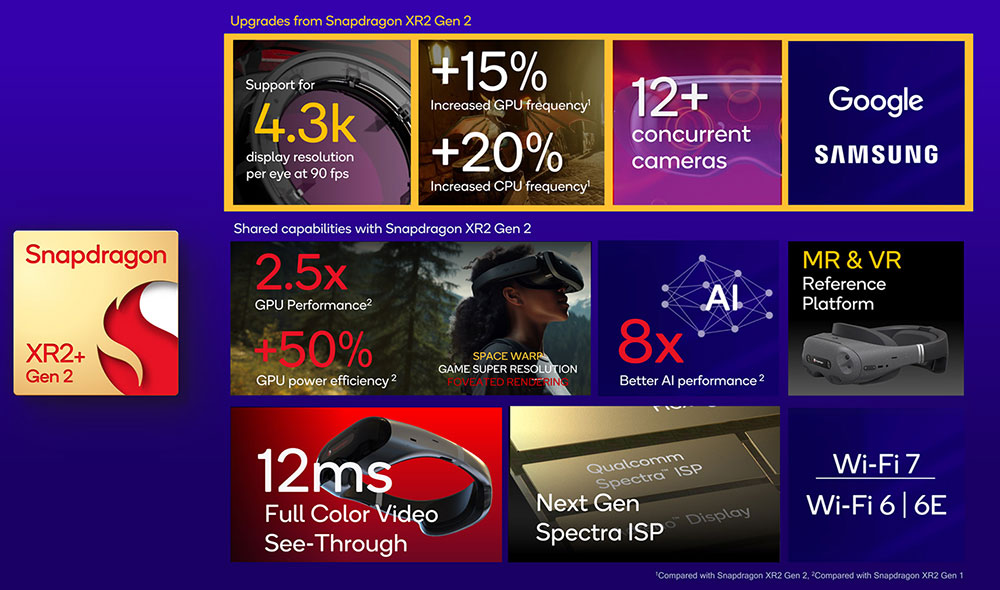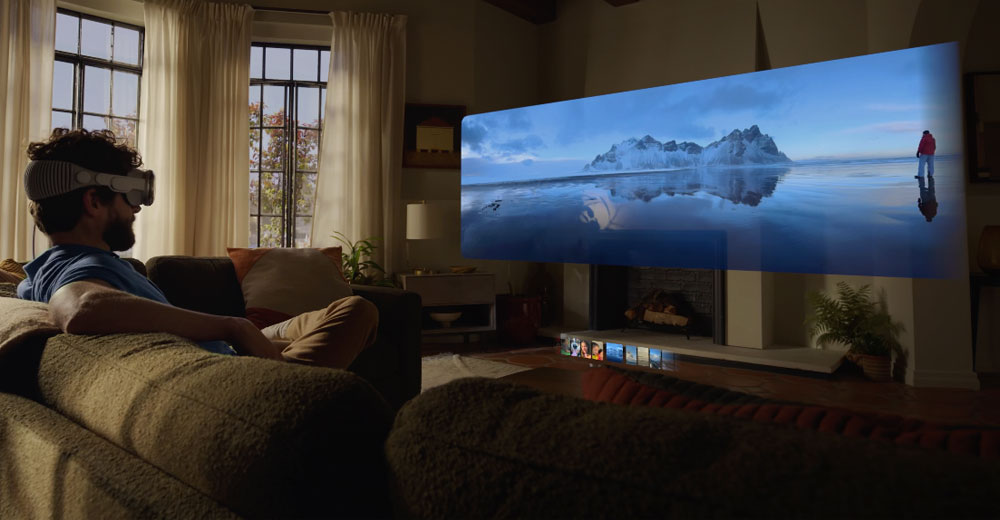As Apple gears up for the much-anticipated release of its potentially revolutionary product, Vision Pro, speculation mounts regarding the tech giant’s potential challengers in the immersive tech market.
Given Apple’s track record of dominating various industries, a key question is whether Vision Pro will encounter significant competition.
In an era of rapid technological advancements, the battle for supremacy in augmented reality unfolds. As Apple delves into augmented reality, competitors may need to up their game to match Apple’s innovative prowess.
With that as a backdrop, CES 2024 was the ideal event to make some educated guesses to see if Vision Pro will seriously be challenged at the onset when it becomes available in February.
While I couldn’t attend CES this year for the first time in over 20 years due to a family matter, I got an online perspective to answer this question deliberately and thoughtfully.
Let’s explore the landscape of the tech industry, examining potential rivals and the unique features that could set the Vision Pro apart. Here are my big takeaways.
Asus AirVison M1

(Image Credit: Asus)
The Asus AirVision M1 wearable display fits the category of smart glasses more accurately than that of virtual- or mixed-reality headsets. You can wear these displays like glasses, but they’re more for creating virtual screens than 3D media.
The user of the AirVision M1 can view both a screen in front of their eyes and their immediate surroundings thanks to a Micro OLED display with 1080p quality for each eye. That screen is equally brilliant, with brightness up to 1,100 nits and 95% coverage of the DCI-P3 color palette.
The vertical field of view is 57 degrees, which is reportedly greater than most AR glasses’ 40 degrees and the 55 degrees of natural vertical sight.
Users can arrange numerous virtual screens around themselves in place of a single display and view the source device’s location with three degrees of freedom. The local device is linked to a host via a USB Type-C connection with a port concealed in the frame.
A multipurpose touchpad on the frame’s side allows users to move between displays and control content playback. There’s also a 3D option for viewing information, and speakers and microphones with noise cancellation come with remote conferencing equipment. Asus was mum on price or availability.
Sony’s ‘Nameless’ Headset
Sony, which already produces headsets for the PlayStation 5, declared that it will work with Siemens to develop a system for creating spatial content. The headgear is described as a “high-quality XR head-mounted display and controllers dedicated to interaction with 3D objects,” albeit it still lacks a name.
Equipped with six external cameras and sensors, this standalone headgear with 1.3-inch 4K OLED microdisplays will let users observe their surroundings through a see-through feature. The pointing controller is meant for fine work, whereas the ring controller is used for manipulating objects.
Leveraging Sony’s proprietary rendering technology and Qualcomm’s Snapdragon XR2+ Gen 2 Platform, it can draw realistic 3D objects and human faces in real time.
This new version, in contrast to the PlayStation VR headset, is intended for content creation, which includes 3D model creation and modification in a virtual or mixed-reality environment.
Xreal Air 2 Ultra
Xreal showcased its second-generation Air AR glasses at CES, building on the relative popularity of the company’s first version. Following the December release of the Air 2 and Air 2 Pro, the Xreal Air 2 Ultra was the show’s bright spot at CES.
The Ultra version, an AR glass composed of titanium, offers several improvements over the Air 2 and marks the company’s significant foray into spatial computing.
The glasses have six degrees of freedom for full positional tracking, partly because of two 3D cameras on either side of the gadget that map the surroundings. Additionally, the cameras are utilized for functions like gesture recognition and hand tracking.

Xreal Air 2 Ultra 6DoF AR glasses (Image Credit: Xreal)
A tiny Sony OLED display powers each eye with a refresh rate of 120Hz and 1080p resolution that drops to 90Hz in 3D mode. The glasses offer a 52-degree field of vision, 500 nits of brightness (250 nits in 3D mode), and three dimming levels that change to help with immersion. Two microphones are integrated into the onboard directional audio system to enhance privacy further while in use.
The Samsung S22 and S23, as well as an “Xreal custom computing unit” currently under development, will initially be compatible with the spatial computing components. It can be used as a video output when connected via USB-C to a Mac or iPhone, and Nebula for Mac is supported in beta.
Pre-orders for the $699 Xreal Air 2 Ultra, aimed at developers rather than the general public, are currently being accepted, with shipments scheduled for the end of March.
Qualcomm’s New AR/VR Chipset Could Upset the ‘Apple Cart’
There’s that name again. Qualcomm made some big noise in the AR and VR headset market at CES 2024 with the release of the Snapdragon XR2+ Gen 2 platform.
Qualcomm thinks it can power new technology that enhances mixed- and virtual-reality experiences by introducing a new single-chip architecture with numerous battery life, product design, and performance implications.
Based on the XR2 Gen 2, the Plus model offers 15% more GPU frequency and 20% more CPU frequency than comparable products, allowing the chip to provide up to 4.3K per eye resolution. That level of photo-realistic resolution squarely positions it as a compelling challenger to Apple’s Vision Pro.

(Image Credit: Qualcomm)
Additionally, Qualcomm claims it will perform eight times as well in artificial intelligence as the Snapdragon XR2 Gen 1. The Qualcomm chip upgrade will enhance users’ visual perception and support up to 12 simultaneous cameras, enabling it to process more data on the user’s motion and surroundings.
Moreover, Qualcomm also revealed that it is collaborating with Google and Samsung to “offer leading XR experiences by utilizing Snapdragon XR2+ Gen 2.” This admission means that Samsung and Google will use the chip to create gear, most likely headsets.
Qualcomm created its own VR and MR reference design utilizing Tobii eye-tracking technology.
The Bottom Line
None of these CES 2024 product revelations will likely have Apple shivering in its boots. However, as I’ve previously maintained, I believe that most of the players who will be competing with Apple are rooting privately for Vison Pro to succeed to establish the market.
At $3,499, Vision Pro will be an expensive solution, and that creates a tremendous price umbrella opportunity for those companies with more affordable solutions.
Even from a specs and functionality perspective, Sony’s headset announcement is somewhat like Apple’s, but it’s intended more for developer use than for broad public consumption.
That said, Xreal’s product and other comparable smart glasses resemble Microsoft’s infamous HoloLens’ augmented reality overlay more than Apple’s mixed-reality headset, which ultimately controls the user’s perspective.
Since Qualcomm’s technology will be utilized in subsequent hardware launches that OEMs are still months away from realizing, even its unveiling doesn’t truly hurt Apple’s chances.
Not much has been said about Qualcomm’s reference design or collaborations with Google and Samsung, as the former isn’t intended for general release. At the same time, the latter two haven’t been unveiled beyond a statement indicating they’re in the works. Samsung may pull the trigger on its response to Vision Pro at its Unpacked event in late January.
Still, the big winner in this space will be the company that can offer a compelling killer app (or apps) that will get the broader market to appreciate the potential of AR, VR, and XR. From that angle, Apple has an enormous ecosystem and developer advantage.
Can Apple crack the nut when Vision Pro finally comes to market later this quarter? We’ll know shortly.






















































